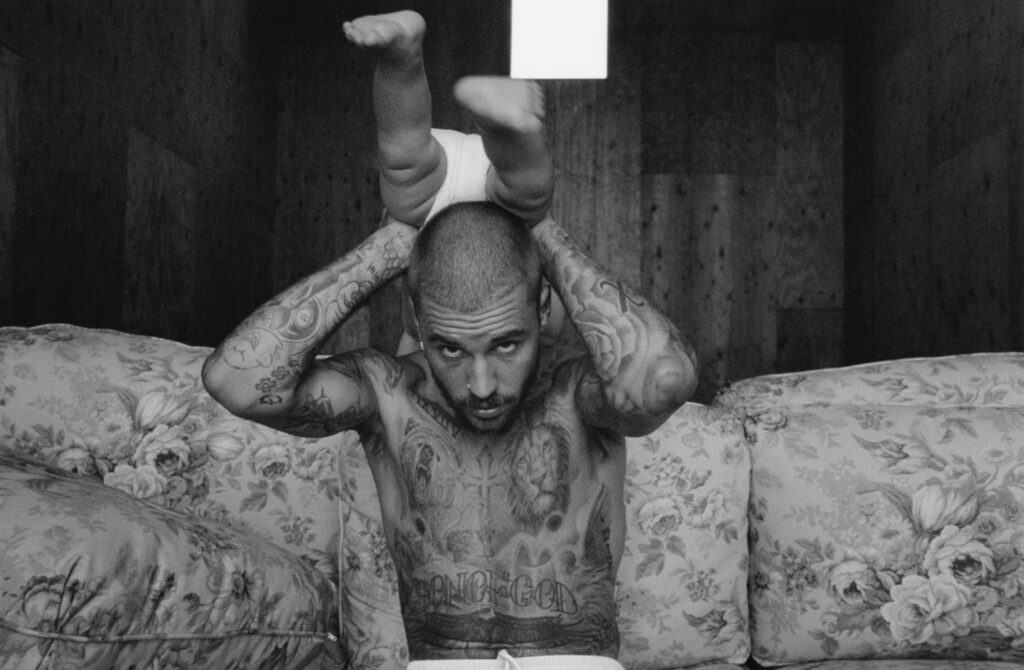Reevaluating Celebrity Culture: The Hidden Layers of Justin Bieber’s “Swag”
For many years, the debate has persisted among music enthusiasts and critics alike: should we separate an artist’s work from their personal life? But a more nuanced question arises when considering the persona that celebrities project-can we detach an artist from their tabloid image? This dilemma is vividly explored in Justin Bieber’s surprise release, “Swag,” an album that compels us to reflect on how the spectacle surrounding fame often fuels the rise of pop icons while simultaneously overshadowing the essence of their musical artistry.
The Public Persona and Media Frenzy
This year, Bieber’s name has been synonymous with headlines-ranging from social media outbursts and relationship speculations to investigations into his financial dealings, spiritual beliefs, and physical health. Notably, he has been involved in two notable run-ins with paparazzi: one at Coachella, where he dismissed photographers, and another where he stood his ground, retorting, “It’s not clocking to you that I’m standing on business?”-a moment that quickly became a viral meme. These incidents exemplify how Bieber’s personal conflicts are intertwined with his public image, blurring the lines between his music and his celebrity persona.
Incorporating the Celebrity Narrative into the Album
While it’s unusual to critique an artist’s altercations with paparazzi within an album review, Bieber’s “Swag” makes it unavoidable. The album features direct references to these encounters, including a candid recounting of his viral moment with comedian Druski, who appears as a recurring voice on the project through humorous skits. Bieber openly discusses his struggles-both personal and public-in the track “Therapy Session,” acknowledging the emotional toll of living under constant scrutiny: “People keep asking if I’m okay, and that really weighs on me.”
Musical Simplicity and Personal Reflection
Beyond these interludes, “Swag” presents a surprisingly understated and cohesive soundscape, a departure from Bieber’s more eclectic previous works like 2013’s “Journals,” or the disjointed “Justice.” The album’s production team-comprising Carter Lang, Dylan Wiggins, Eddie Benjamin, and the innovative Mk.gee and Dijon-crafts a smooth blend of R&B influences that highlight Bieber’s vocal strengths. The music echoes the soulful traditions of the past, reminiscent of Michael Jackson’s vocal hiccups, Babyface’s slow jams, and the mellow, MIDI-driven ballads of the 90s.
Lyrics and the Persona Behind the Music
However, listeners seeking lyrical depth or insights into Bieber’s current state of mind will find little substance. The few clever lines-such as “That’s my baby, she’s iconic, iPhone case, lip gloss on it”-are emblematic of Bieber’s mastery of social media vernacular, fitting for an artist who rose to fame in the digital age. The album’s most revealing moments are contained within the interludes, where Bieber’s interactions with Druski and other guest artists reveal a desire for authenticity amid the spectacle.
Guest Appearances and Cultural Commentary
“Swag” features a diverse array of collaborators, including the provocative rapper Sexyy Red, Guna (Gunna), and a rare gospel verse from Marvin Winans. These features, while adding flavor, sometimes feel disconnected from the core of the album, serving more as cultural signposts than integral parts of a cohesive narrative. Notably, the inclusion of two quotes from Martin Luther King Jr. on the track “Justice” feels somewhat out of place, highlighting the album’s attempt to grapple with larger societal themes without fully engaging with them.
The Paradox of Fame and Artistic Integrity
At its core, “Swag” is a slow-burning collection of atmospheric R&B that could stand on its own merits. Yet, Bieber’s choice to lean into the narrative of his ongoing celebrity crisis complicates the listening experience. The paradox is evident: while Bieber laments the invasive nature of paparazzi-singing, “Every time you don’t say my name / I’m reminded how I love when you say it”-it’s ambiguous whether he’s addressing his wife or the public. This ambiguity underscores the complex relationship between personal authenticity and the performative aspects of fame.
Conclusion: Art in the Age of Celebrity
Ultimately, “Swag” serves as a reflection of the modern celebrity landscape-where personal struggles are often commodified and spectacle takes precedence over musical innovation. Bieber’s album invites us to question whether true artistry can flourish amidst the noise of tabloid culture, or if the two are inherently intertwined. As the lines between personal life and public persona continue to blur, the challenge remains: can we appreciate the music without succumbing to the allure of the celebrity narrative?

